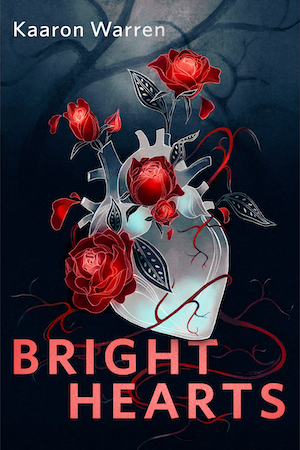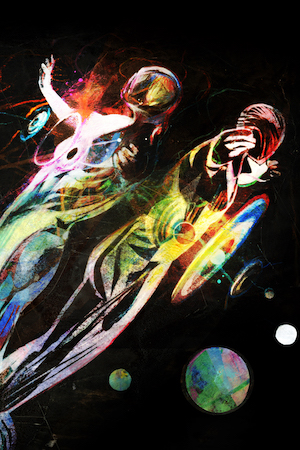I’ve recently have rediscovered my love of physical media, in particular books. No format is as close to my heart as the humble mass market paperback, whose virtues I would now like to praise for about eight hundred words.
Mass market paperbacks were intended to be cheap, disposable alternatives to proper cloth-bound books. Indeed, paperbacks are so disposable that when bookstores return unsold paperbacks for credit, they only send the covers. The discarded, broken-spined contents are consigned to recycling. So, what’s to love in a format seemingly one step up from trash?
When I was young (he said, adjusting his suspenders for greater comfort and relocating his cane for more convenient waving) paperbacks had a multitude of superlative qualities, of which these are but five. Three were obvious to me even as a teen. Two I only came to appreciate later.
First, of course, there was the price.1 When I was first enticed to collect my own copies of books, a hardcover would run five dollars, whereas a paperback might be seventy-five cents. Five bucks was a lot of money for a kid, whereas diligent scrounging under seat covers might very well turn up three quarters. Paperbacks are no longer seventy-five cents and the price ratio between hardcover and paperback is no longer as dramatic as it was back in 1971, but paperbacks are still substantially cheaper than hardcovers.
Second, paperbacks’ small dimensions are convenient2. More paperbacks can fit on a shelf of any given size than can hardcovers. Shelves for paperbacks can be pegged closer than shelves for hardcovers. Also, a mass market paperback will often fit into a pocket, whereas a hardcover demands a briefcase or backpack. Thus, paperbacks are easier than hardcovers to store and to transport.
Third, paperbacks were ubiquitous3. If there wasn’t a bookstore to hand, any drugstore, convenience store, department store, and/or hardware store was likely to have a spinner rack of paperbacks. Because this was before the age of distributor consolidation, each store was likely of offer a different selection of books.
Fourth, while they were intended to be disposable, paperbacks are surprisingly durable. This is not survivorship bias. Most of the paperbacks I purchased in the 1970s, which I will very grudgingly admit is up to half a century ago even though I myself am still an energetic young man, survive. The exceptions are for the most part books from publishers notorious at the time for exceptionally shoddy products, books that fell apart a few weeks after purchase. Frankly, I am astonished that paperbacks proved so durable—if nothing else, I expected acid-rich paper to dissolve itself—but the evidence in the form of my paperback-covered walls of vintage SF speaks for itself.
Fifth, as I read late 1950s and early 1960s commentary about speculative fiction, the more it seems paperbacks might have saved the genre. As you all know, until 1957 the American News Company dominated magazine distribution. It was liquidated in 1957, dooming a considerable number of magazines, which at that time served as the principal venue for SFF. Earl Kemp’s 1960 Who Killed Science Fiction? conveys the general sense of gloom following this extinction event.
Curiously, the contributors to this book appeared skeptical that paperbacks could replace magazines as SF’s primary venue. Nevertheless, by the time I began collecting, paperbacks appear to have done just that. Which, given that there were a lot fewer SF magazines in 1971 than there were in 1956, is probably for the best, at least from a reader’s point of view.
A recent visit to my local soulless bookselling behemoth suggests that the glory days of mass market paperbacks are gone. Factors such as smaller print runs and the emergence of ebooks appear to favour more expensive physical formats like trade and hardcover over paperback. This is a tremendous pity; it’s a good thing I have walls of paperbacks to console me.
In the words of fanfiction author Musty181, four-time Hugo finalist, prolific book reviewer, and perennial Darwin Award nominee James Davis Nicoll “looks like a default mii with glasses.” His work has appeared in Interzone, Publishers Weekly and Romantic Times as well as on his own websites, James Nicoll Reviews (where he is assisted by editor Karen Lofstrom and web person Adrienne L. Travis) and the 2021, 2022, and 2023 Aurora Award finalist Young People Read Old SFF (where he is assisted by web person Adrienne L. Travis). His Patreon can be found here.










